For my football data analysis, to use the pandas between_time function, I need to convert a list of strings representing fractional seconds from measurement onset into the pandas date_time index. The time data looks as follows:
In order to achieve this I tried the following:
df['Time'] = df['Timestamp']*(1/freq)
df.index = pd.to_datetime(df['Time'], unit='s')
In which freq=600 and Timestamp is the frame number counting up from 0.
I was expecting the new index to show the following format:
%y%m%d-%h%m%s%f
But unfortunately, the to_datetime doesn't know how to handle my type of time data (namely counting up till 4750s after the start).
My question is, therefore, how do I convert my time sample data into a date_time index.
